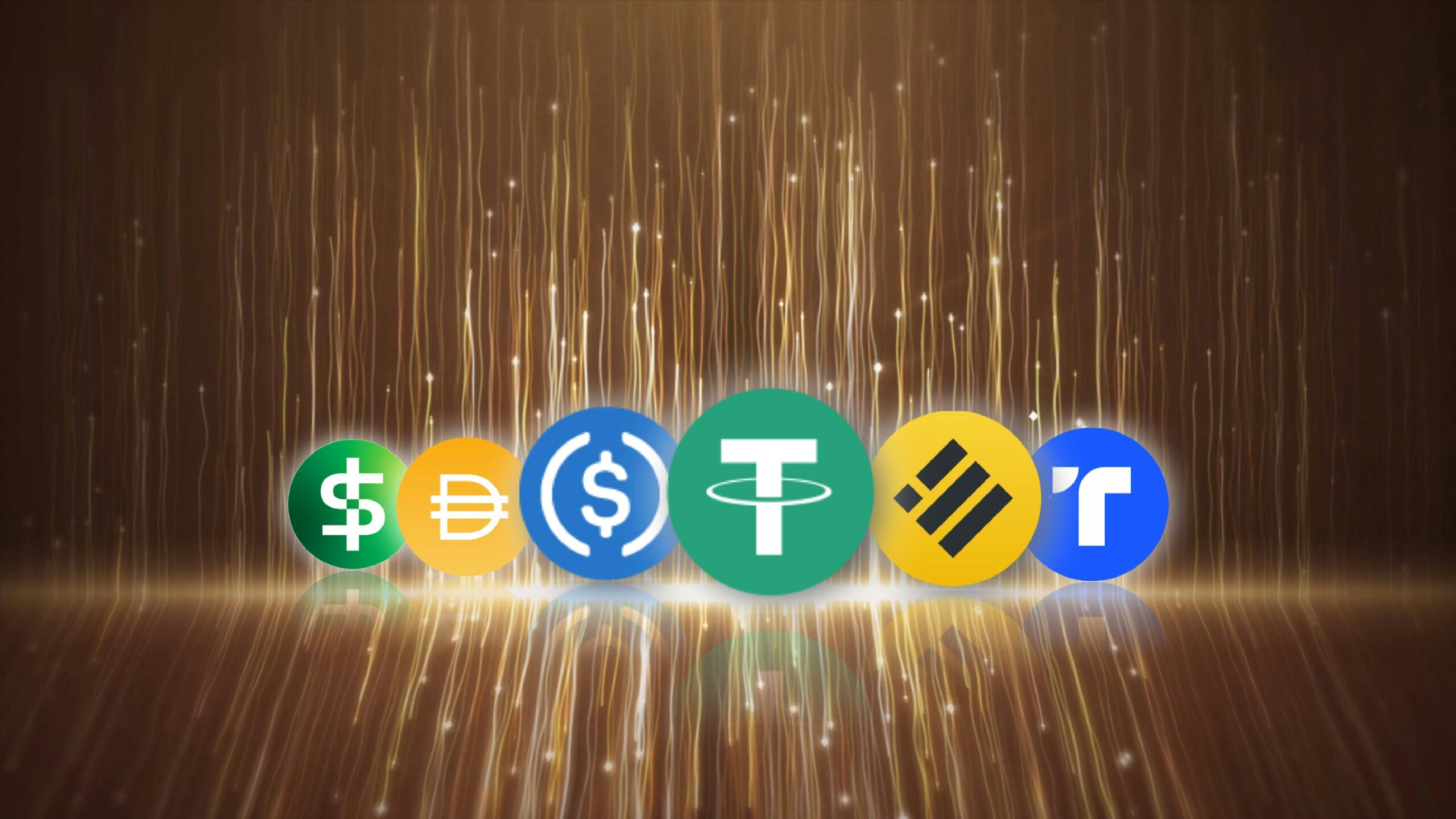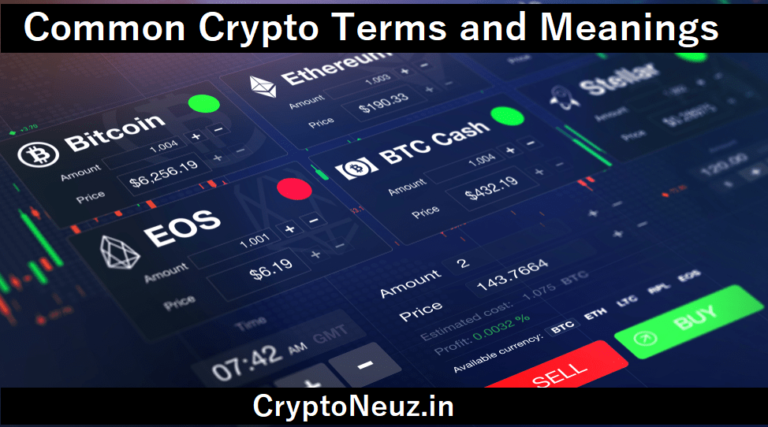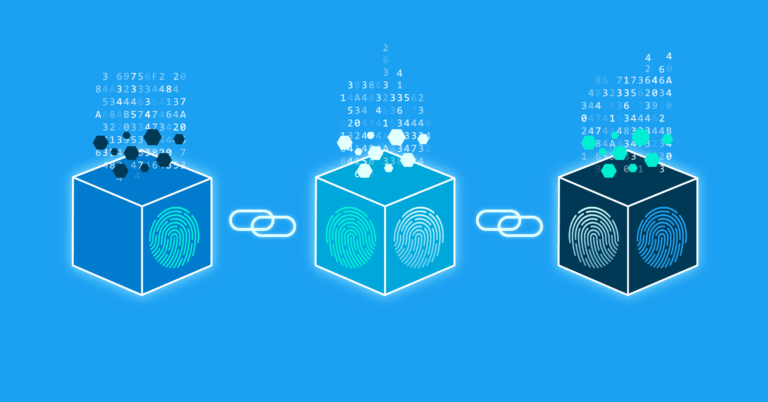Key Differences Between USDT and USDC
Hello, crypto enthusiasts! In today’s post, we’ll dive into USDT and USDC—two stablecoins that have been the talk of the crypto world. Let’s break down what they are and why everyone is discussing them.
What Are USDT and USDC?
USDT (Tether) and USDC (USD Coin) are two cryptocurrencies designed to provide stability in a volatile crypto market where prices can swing dramatically. They are pegged to the US dollar, which is why they’re known as stablecoins.
What are stablecoins?
Stablecoins are a sort of cryptocurrency that is tied to a stable asset, such as a fiat currency (e.g., the US dollar), commodities like gold, or even a basket of assets. Their primary goal is to provide the stability of traditional currencies while retaining the advantages of cryptocurrencies, such as quick transactions and global accessibility.
Types of stablecoins:
Fiat-collateralized stablecoins
These are backed by traditional fiat currencies such as the US dollar, euro, and yen. For every stablecoin issued, a custodian holds an equivalent reserve of currency.
Examples include USDT, USDC, and TUSD.
Crypto-collateralized stablecoins
These are not backed by conventional currency but by other cryptocurrencies. Because of cryptocurrency volatility, these stablecoins are frequently over-collateralized to assure stability.
Examples include DAI (supported by Ethereum).
Algorithmic Stablecoins
Any asset does not back these stablecoins and instead governs the coin’s supply using an algorithm or smart contracts. The device automatically changes the circulation to keep prices stable.
Examples: UST (Terra) and AMPL.
But here’s the big question: if both are meant to maintain the same stability, what makes them different? Let’s take a closer look.
USDT, the pioneer of stablecoins.
USDT was one of the earliest stablecoins and is now widely recognized on multiple exchanges, giving it a dependable option for many traders. Its key selling point is its stability, however, USDT has met significant controversy, particularly over transparency.
Tether Limited, the corporation that created USDT, promises that each token is backed by US dollars in reserve. However, many are doubtful of the actual backing, as the company’s transparency has been called into question, causing crypto users to be concerned.
USDC: A Transparent Alternative
USDC, launched a few years after USDT, quickly gained popularity. Like USDT, each USDC token is backed 1:1 by US dollars. However, USDC stands out by having a transparent reserve system. It undergoes regular audits carried out by reputable third-party companies to ensure that its users know the exact status of the reserves.
Initially, USDC operated solely on the Ethereum blockchain. However, by May 2024, it had expanded to 16 different blockchain networks, making it highly accessible and compatible with numerous decentralized finance (DeFi) protocols. USDC’s emphasis on transparency has quickly built trust in the crypto world, helping it grow rapidly.

USDT and USDC: Key Differences
Now that we’ve covered the fundamentals, let’s outline the key differences:
USDC prioritizes transparency and regulatory compliance. Each token is fully backed by assets in reserve, and audits confirm that these reserves are safely stored within the US financial system. This makes USDC highly trusted and well-appreciated among its users.
In contrast, USDT reigns supreme in terms of liquidity. With a vast market capitalization, it is traded on almost every major exchange. This makes USDT an excellent option for trading and investing. However, the lack of openness regarding its reserves, as well as the absence of regular audits, may constitute a danger in the event of any financial troubles.
How These Differences Affect Users
In practice, USDT’s strong liquidity makes it an ideal choice for traders who require quick access to a stablecoin. However, the possibility of devaluation owing to transparency issues should be considered.
On the other hand, USDC provides security because of its strong and frequently audited reserves. However, its reduced liquidity compared to USDT makes it less suitable for quick trading.
Key features of stablecoins
Price Stability: Because stablecoins are tied to stable assets, they assist in mitigating the dramatic price volatility common with cryptocurrencies such as Bitcoin and Ethereum.
Liquidity: Stablecoins are very liquid due to their ease of conversion into fiat currency or other cryptocurrencies.
Global Transactions: Stablecoins, like other cryptocurrencies, can be easily moved across borders without the need for intermediaries.
Transparency: Some stablecoins, such as USDC, conduct frequent audits to ensure that reserves completely back users’ tokens.
Decentralization (for some types): Crypto-collateralized and algorithmic stablecoins provide more decentralization because they use blockchain technology and smart contracts rather than centralized governance.
Conclusion: Which Should You Choose?
Both USDT and USDC have their pros and cons, but they each play an essential role in bridging the gap between traditional finance and the crypto world. Now that you know the differences, which one would you choose?
For more understanding, you can also read: What are Stablecoins? Features and Risks







